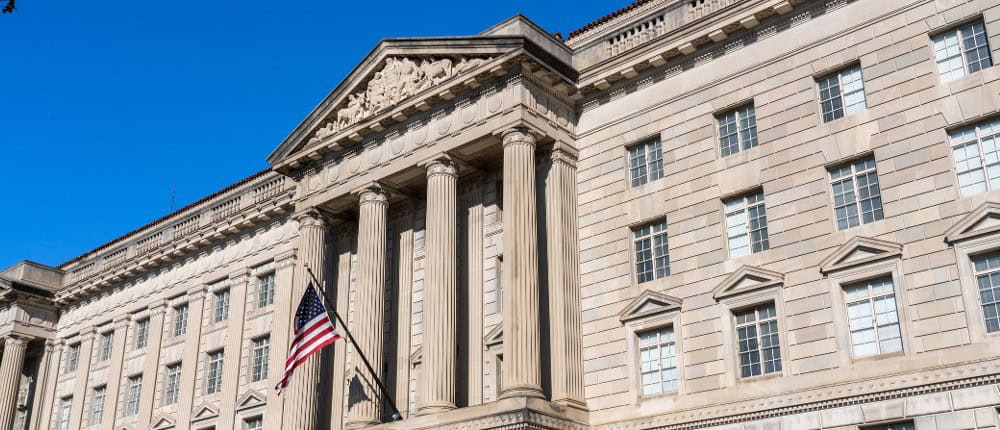Moody’s places U.S. on negative credit watch just in time for Thanksgiving conversations.
Last Friday, Moody’s lowered its outlook on the U.S. sovereign to negative from stable. The report stated, “with higher interest rates and without effective fiscal policy measures to reduce government spending or increase revenues,” the U.S. Treasury’s debt could be downgraded. The rating currently sits at “AAA” but with next year’s election, it would seem unlikely that the issues raised by Moody’s will be resolved in the short-term. The action follows months and years of political theater including continued deficit spending, stalemates surrounding the debt-ceiling, and more recently the inability of the U.S. Congress to elect a Speaker. This week, the U.S. is facing an impending government shutdown unless a continuing resolution is passed. Fitch downgraded the U.S. in August of 2023, more than a decade after S&P downgraded the U.S., but it could be argued that no other agency’s timing was as pointed as Moody’s, with Thanksgiving less than two weeks away.
Tepid demand and strict standards continue; takeaways from the Q3 Senior Loan Officer Survey.
Last week, the Fed released its Senior Loan Officer Survey that showed a continuation of the trend showcased in the last several surveys. Across the board, banks continue to tighten their standards and report lower loan demand. October’s survey noted that most banks materially tightened lending standards for construction and industrial loans (C&I), citing a more uncertain economic outlook moving forward. One noteworthy item is large banks identified less competition from smaller banks and non-bank financial institutions, signaling that the riskier lenders seem to be on the sidelines. In addition to tightening C&I standards, most banks also reported tightening of standards for all commercial real estate (CRE) categories which is unsurprising given the stress in that asset class this year. On the retail side, a majority of banks reported tightening standards for all forms of residential lending except government residential mortgages. We do note, however, that most banks reported a continued drop in demand for residential credit which is likely a function of home prices remaining firm during the quarter. This quarter’s survey included a special question that asked banks whether they were more or less likely to approve an auto loan at various FICO score levels. The results of this question showed that banks have begun to move away from subprime lending, with almost all banks stating they are less likely to approve applications for a borrower with credit scores below 620. However, for prime borrowers with high scores (720+), banks indicated that they had not tightened any approval standards and were more likely to approve credit card applications at that level than in the previous quarter. Against an uncertain economic backdrop, U.S. banks continue to tighten lending standards and de-risk their portfolios. Asset quality remains near record lows across the banking industry, and tighter lending standards continue to support those metrics. The Fed’s rate hikes over the past year appear to have had a material effect on the demand for loans across all categories as well, which we expect to continue with the cost of credit so high. Overall, lower demand and stricter standards should likely continue into the foreseeable future until we see either better economic clarity or a change in policy stance from the Federal Reserve.



